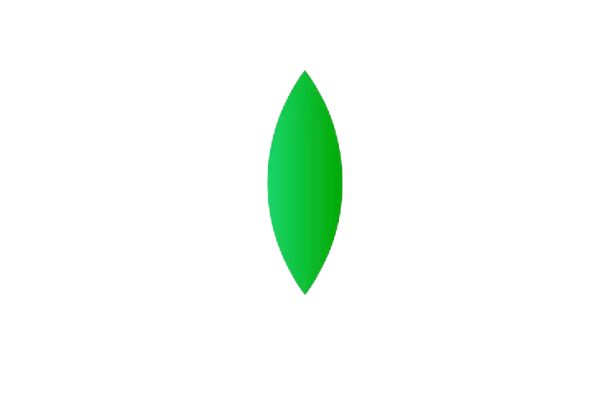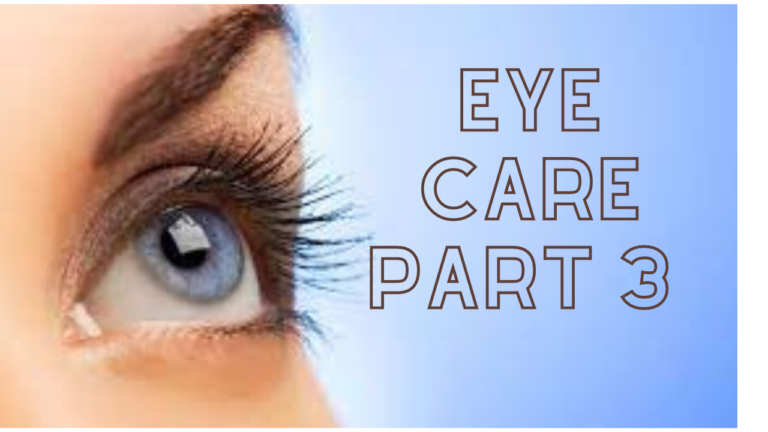Migraine
Migraine

Migraine is a special yet common condition. A population of 1 in 6 faces the problems of migraine. The Migraine Association of America has confirmed that 30 millions of America’s population suffers from diabetes.
So, what is Migraine?
Migraine is a chronic neurological disorder that can be mistaken as a headache problem but is not limited to just headaches. It affects the daily activities and overall efficiency of the victims of this disorder. It causes disruptions in the daily routine of the affected person, including problems in thinking, physical activities such as walking, and general functioning of work. It increases stress and inflammation, hypertension, and more anxiety. These are partly the reasons why migraine is not limited to headaches.
Migraine is further divided into two parts:
Episodic Migraine:
Episodic migraine is classified as a headache that lasts for less than 15 days (about 2 weeks) a month. Doctors classify and diagnose migraines based on this element.
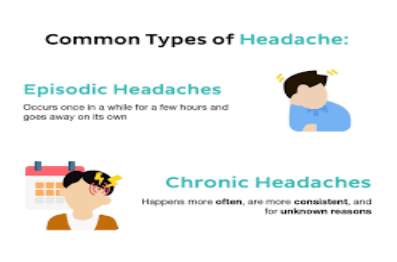
Long-term Migraine:
Prolonged migraine is a headache that lasts for more than 15 days (about 2 weeks) in a month.
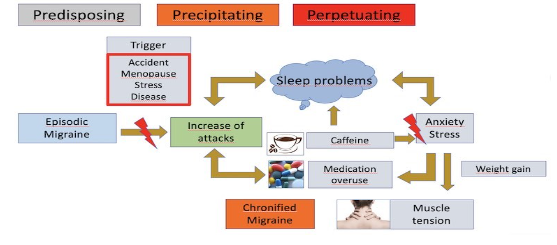
What are the causes of Migraine?
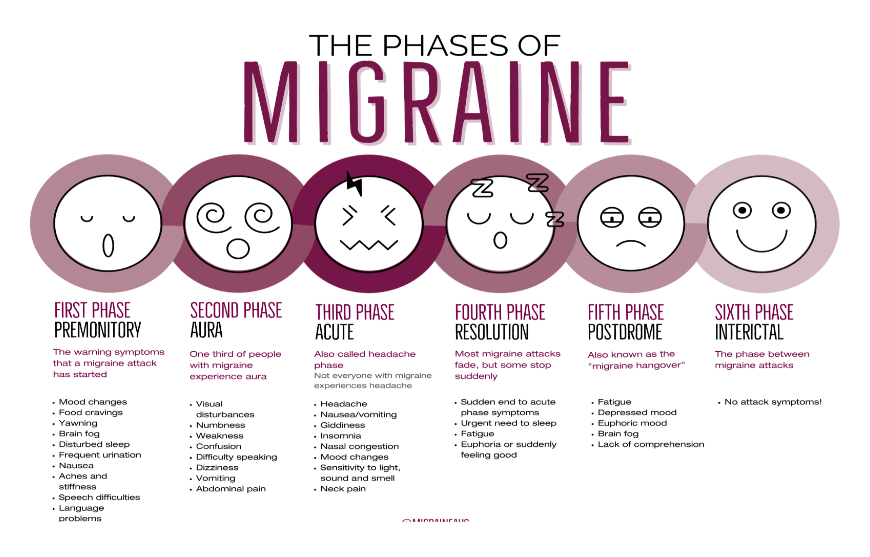
Heredity:
According to several studies and research conducted, it is believed that 70% of migraines worldwide are caused by genetics. The reason for this is that one or both parents of the victim have a history of migraine problems. People with such backgrounds are more likely to have dementia.
Environment:
Such a stimulus related to migraine is caused by an increase in the temperature of heat or temperatures up to minus degrees. The environment and its temperature range are contributing factors that affect the issues of adhesion.
Levels of serotonin in the body:
Variations in arousal, fluctuations, and secretion of the so-called “happy hormone” known as serotonin, a hormone that is thought to affect a person’s mood can directly or indirectly cause migration.
Electrical activity of the wire in the brain:
As we know, the brain continues to perform neurological functions. These actions can lead to migraine when the pollen goes or goes away.
These could be the root causes due to which a person may suffer from migraine. Now, when we talk about migraine, the root causes alone are not enough for the diagnosis. We need more detailed terms like ‘triggers’ to better understand the issues faced by the patient. Knowing the triggers can help detect and prevent major issues coming up in the future.
Some of the main triggers are listed below:
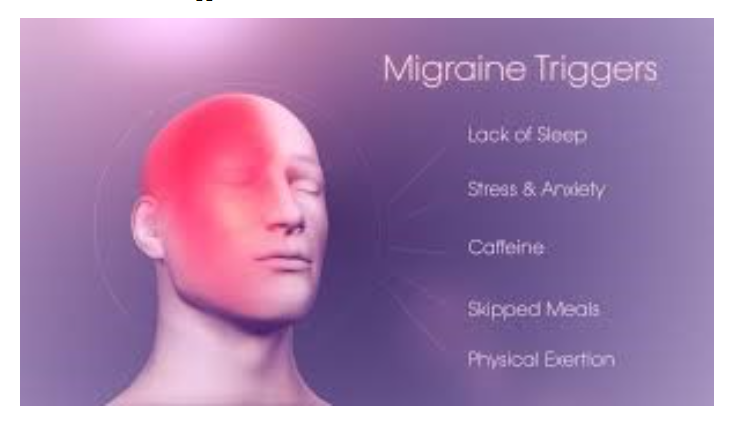
Alcohol consumption:
Consuming alcohol, especially red wine, can lead to acidity. It is one of the main causes of migraine.
Dairy products:
Dairy products of any kind or some type of cheese mainly affect the chances of developing migraine problems.
Chocolates:
Despite our love for chocolate, any type of chocolate can affect or trigger a migraine.
Coffee:
Coffee is another major source and trigger for migraine problems. As such some pungent smell can also stimulate migraines.
Packaged Food Products:
Added sweeteners or preservatives used in packaged food or drinks may contain chemicals that cause or trigger migraines.
Skipping meals:
Due to the fast-paced lifestyle, people can skip meals to save time. It has adverse effects on your health and can be one of the triggers of migraines. Maintaining a good and healthy schedule for your meals is essential.
Light contact:
Prolonged exposure to direct sunlight or artificial light can be the main trigger of migraine.
Hormonal or menstrual cycle in women:
A cycle of endocrine imbalances and periods can affect the duration and establishment of the asteroid.
Some medications:
Medications or medical history of vasodilators or contraceptive pills or other such drugs can affect the cause of migraines.
Mental Health:
The mental health of the patient affects the changes in the severity. If they suffer from stress, depression, restlessness, or other such problems, they may use sleeping pills that stimulate migraine.
Hormonal Therapy [HRT]:
People who consult endocrine therapy may have the potential to stimulate migraines.
These triggers are only a few of the many and not enough to understand the exact causes of migraines or their existence.
The presence of 4 or more triggers can be serious causes of migraine issues. It is necessary to check through these triggers for a better diagnosis of the problems the patient is suffering from.
SYMPTOMS:
Better Diagnosis are possible by classifying the symptoms to understand the current situation of a person’s migraine issue.
- Headaches:
Headaches, specifically in the temple area and usually on one side of the head may be a major symptom of Migraine. If these headaches last around 3 hours, they are an acute case. But if these last for hours on end with unchanging pain, they may be severe. The pain could last from 2 up to 72 hours (about 3 days). If the pain is continuous in any of these cases of symptoms, the migraine problem is chronic.
- Neck Pain:
Pain in the neck area can be a supportive and major cause of migraines. Especially when in the back area. Sometimes the pain is so severe it gets difficult to tilt your head downwards or sleep peacefully.
- Loss of Appetite:
Migraines may cause a loss of appetite for 2 days or more within a person. The person loses the urge or need to eat due to severe headaches and nausea.
- Redness of Eyes:
Redness of eyes or patchy eyes are one of the few symptoms of migraines.
- Palpitations:
Increased palpitations or heart rate may be a symptom of migraines. High BP or blood pressure may also be a reason for the same.
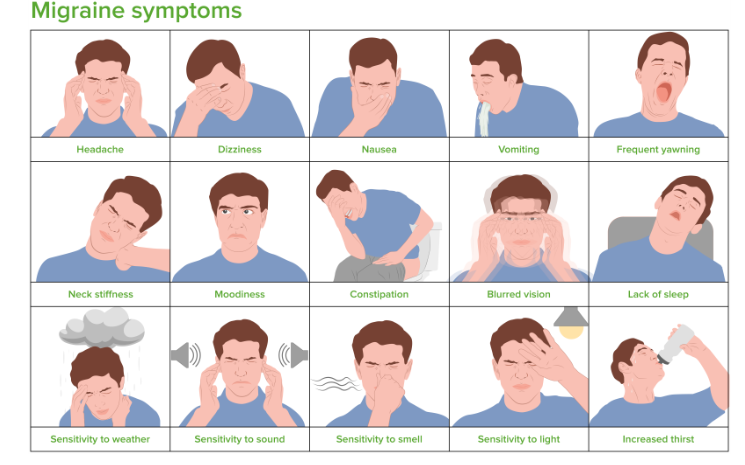
DETAILED DESCRIPTION ON DIAGNOSIS OF MIGRAINE:
Migraine issues vary from person to person based on its severity, symptoms and triggers. Sometimes the case may be so dangerous that the victim must be admitted to a hospital. It has a huge risk factor.
Generally, people having genetic history of migraines are highly exposed to attracting the same. 90 % of migraine problems are due to genetic reasons.
Adolescents aging between 14 to 16 years, usually male, are prone to migraines due to their level of thinking. Females are more prone to migraine issues during the puberty stages. Even after all these, migraines have no gender or age limitations.
The most observed range of ages having migraine issues is between 16-30 years. Although there are no specific tests for migraines, knowing its triggers and causes helps diagnose and categorize them better.
Through a person’s clinical, family and physical history, one may understand the risks to the issue.
Doctors have a certain list of criteria and if your symptoms match even any two points, you may be suffering from migraine acute or severe.
THE LIST LOOKS LIKE THIS:
- Specific pain on one side of the head
- Pulsating quality or heart rate
- Avoidance of routine activities
- Endurance of pain
- Efficiency of activities carried out while enduring that pain
- Duration or sensitivity of time for symptoms
Any of the two or more points, if matched may indicate chances of migraine.
- Nausea or vomiting
- Photophobia or Phonophobia (fear of light and sound respectively) and avoidance of the same.
- Fever or variations in body temperature.
Any two or more out of these three indicate clear chances of migraine issues.
For even better classification and understanding tests like MRI, CT scan, Blood tests like CRP and ESR are recommended.
HOW CAN NATUROPATHY HELP?
During the early stages it is okay to take a few painkillers and medications, but they fail to completely resolve the migraine issue. Naturopathy and Ayurveda suggest ways to get rid of migraine problems from the root itself. In naturopathy migraine issues are said to be related to the “pit dosh” and results in high acidity and low alkaline levels in the body. To maintain the ph levels of the body appropriately helps get rid of aggravation caused by migraines.
A LIST OF REMEDIES OR THINGS TO TAKE CARE OF:
- Lifestyle changes
- Sleeping patterns
- Proper food schedule
- Getting rid of personal triggers
- Pranayama for oxygen
- Sunbathing and air therapy
- Footbath and hot and cold baths
- Mud therapy, using deep sea mud. (Apply on stomach, feet and head)
- Magneto therapy
- Herbs and remedies as supplements
- Dalbergia leaves on an empty stomach
- Aloe vera and wheatgrass juice
- Different powders and their mixtures.
When these remedies and routine are continued for at least 60 days (about 2 months), one may start to see changes gradually. Remember “consistency is key!”. Since migraine is a condition and not a disease it is capable of cure.
